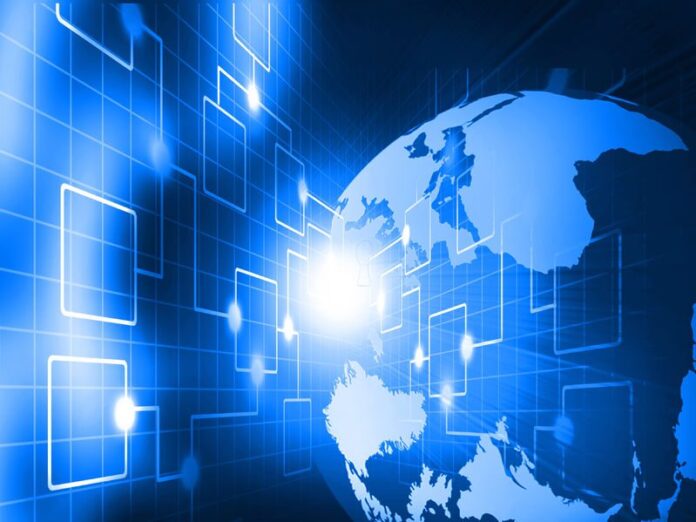As more devices get connected wirelessly, they are beginning to generate significant amounts of data. With more machines expected to operate and communicate autonomously or semi-autonomously with the advent of the “Internet of Things,” the pace of data generation is expected to pick up in part because machines have very different limitations on their ability to generate data.
But how can machines, connected with very little sense of the space-time relationships that are integral to understanding the physical world, provide and operate on an accurate synthesis of what’s happening in that real world?
About 80% of all data has space or time attributes, said Dane Coyer, CEO of spatial big data company Spacecurve. In fact, he added, it’s hard to identify the data that doesn’t have some sort of spatial or temporal component. Mobile phones in particular have a wealth of sensor data that can identify speed, height and other orientation data as well as GPS-based location information.
To date, Coyer said, most use of geospatial big data has been limited to simple applications such as mapping, because the scale and real-time component of space and time-related big data analytics have been limited. That data is often not able to be joined with other data sources to provide value in a real-time context, or it’s very difficult to process, and so it is largely not being used, Coyer said.
J. Andrew Rogers, founder of SpaceCurve, said that rather than being valuable for mapping-related purposes, spatial and temporal data is far more valuable in providing context. Space and time, he explained, are the “primary keys of reality,” and provide a basis on which to correlate additional data sources. Rogers was involved in the large-scale geospatial and analytical systems behind Google Earth. After indexing the Internet, he said, Google began exploring how to build systems that could essentially do the same for the real world by relying on sensor data. After realizing sufficient technology did not exist for such an approach, he said he moved to found SpaceCurve in order to develop it.
Currently, data generation most often takes place at human speeds: a tweet, a text, a check-in. Those things can only be done so many times in a human context, Coyer noted.
“The velocity of big data up to this point is going to pale in comparison when machines start generating data at machine speeds,” Coyer said.
Being able to fuse incredibly fast and detailed data from sensors in real-time, according to Rogers, allows the development of a digital model of what’s going on in the physical world. Some of the data will come from public, open sources – weather, for instance. Other data is available for purchase, such as anonymized cellular data from mobile networks or data from social media feeds. Still more data will come from companies’ own devices as they are connected.
Data analysis, Rogers said, has often been simply a snapshot in time, set in stone. Making data more real-time, and fusing the spatial big data component with additional data sources, means the ability to see patterns and changes over time and track elements of interest.
“You don’t give up that static picture, but when you can take many static pictures, you can look at them over time to see motion, to see where things have changed or moved,” Rogers said.
In November, SpaceCurve announced a partnership with AirSage, which provides population movement information through access to anonymous cellular-signal data points from wireless carriers that can range from 50 to 250 data points per day, per device from more than 100 million mobile devices. Initially, the partnership was formed in order for SpaceCurve to meld AirSage’s mobile device data with other data sources to focus on the consumer experience, such as wait times, transportation usage during a guest’s stay at a location and purchase data.
“This is not just putting dots on a Google map, or points of interest,” Coyer added.
SpaceCurve has been working with a number of clients, but only recently made a formal announcement of its platform. Some other use cases include things like using unmanned aerial vehicles, or drones, to fly over physical locations, taking images via sensors, and then fusing all of the related data and images together in order to detect issues at remote locations.

